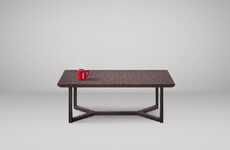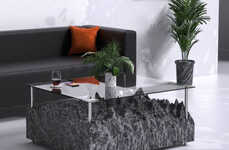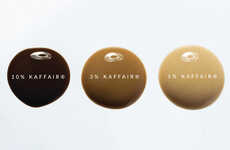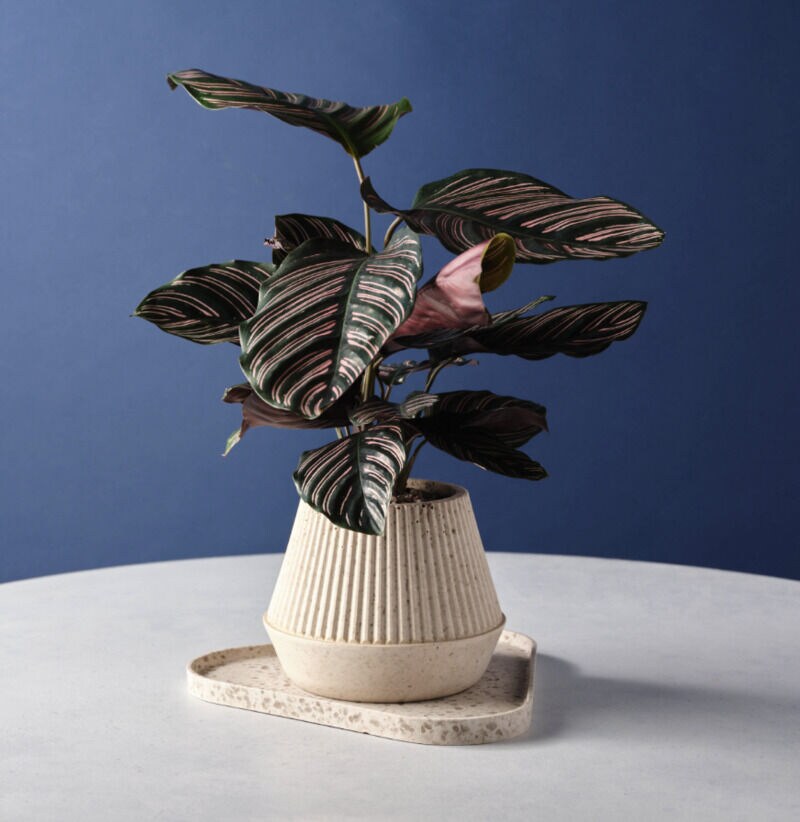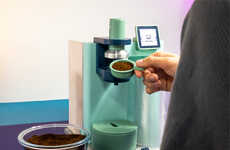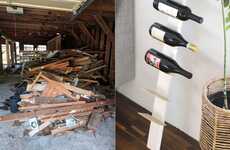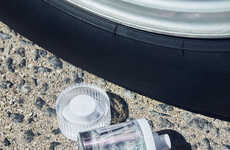
Sarah Christensen Uses Coffee Grounds as Material
References: design-milk
In the age of the circular economy when many designers are looking for ways to create functional and aesthetically pleasing products while reducing waste, using coffee grounds as material has become a popular tactic. A frequent by-product of the morning routine, coffee grounds are both versatile and sustainable.
Designer Sarah Christensen relies on coffee grounds as material for her home accessories. The designer-maker creates beautiful geometric shapes with a playfully speckled exterior which is a natural outcome of her material of choice.
Christensen also has a circular business model too. She sources the coffee grounds for her modern accessories from local cafes. She then sells her creations back to them so they can offer her collections to their consumers, alongside drinks and snacks.
Image Credit: Sarah Christensen
Designer Sarah Christensen relies on coffee grounds as material for her home accessories. The designer-maker creates beautiful geometric shapes with a playfully speckled exterior which is a natural outcome of her material of choice.
Christensen also has a circular business model too. She sources the coffee grounds for her modern accessories from local cafes. She then sells her creations back to them so they can offer her collections to their consumers, alongside drinks and snacks.
Image Credit: Sarah Christensen
Trend Themes
1. Circular Economy Design - Creating functional and aesthetically pleasing products while reducing waste.
2. Sustainable Material - Utilizing versatile and sustainable materials to reduce waste.
3. Upcycling - Turning by-products into beautiful and useful products.
Industry Implications
1. Design - Creating beautiful and functional products from sustainable materials.
2. Food and Beverage - Repurposing by-products like coffee grounds in creative ways.
3. Retail - Implementing circular business models and offering eco-friendly products to consumers.
5.7
Score
Popularity
Activity
Freshness


